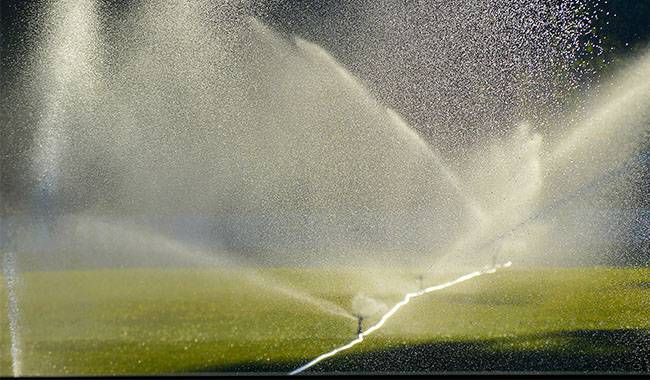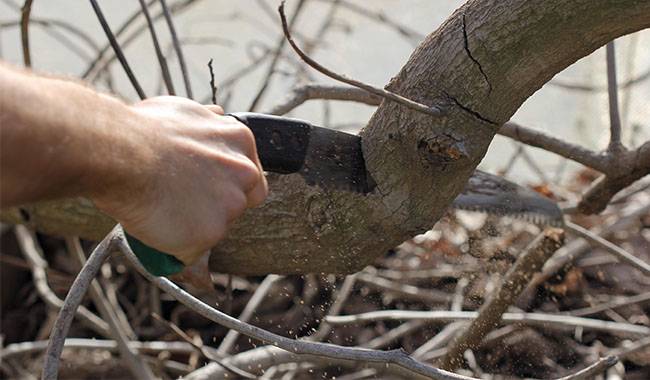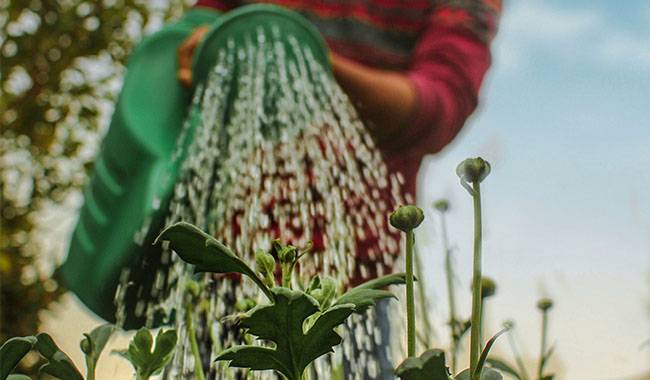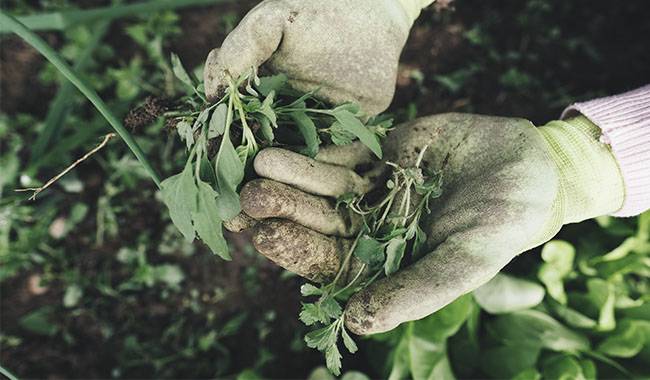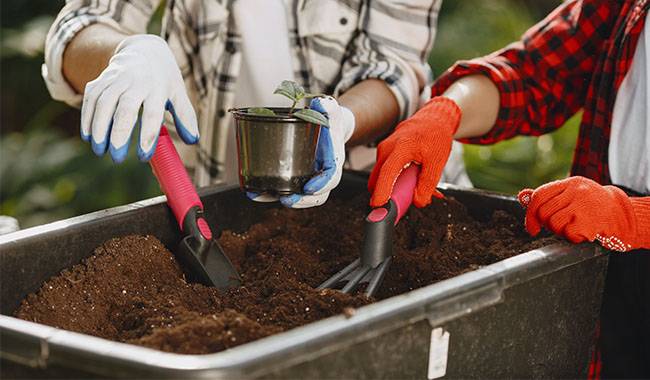
The leaves wither, their color and the color of the buds change, the growth activity decreases or, on the contrary, the growth of asexual reproduction impairs the yield. Weak flowering, strongly broken ovaries, even regular fruit set. All this can be due not only to diseases or pests, not only to the fault of an increasingly erratic climate but to our behavior, especially in relation to incorrect fertilization of the soil.
Let’s talk about the main fertilizer application mistakes. What happens if you make these mistakes, and how to correct them, or avoid them altogether.
Deficiencies of basic elements and their causes
First and foremost is the problem that many gardeners and horticulturists face. These problems occur through no fault of our own, but because of a series of “lucky” factors that generally say a few words about the deficient element and then go right into error.
Plants can be deficient in macronutrients. Nitrogen, phosphorus, and potassium, which we all know well and micronutrients such as boron, manganese, calcium, etc., throughout their lives.
Why are they in short supply? There are many reasons, such as a season of harsh weather conditions, often with showers and cold, in which many elements are washed deep into the soil, and then plants with weak root systems (think of all vegetable crops) are in short supply.
In addition, pH: for this, you need to note that few crops like acidic soil, known vegetables are sumac, from berries, blueberries high growth. The rest of the cultures either tolerate acidity or prefer neutral soil.
An increase in soil acidity can, first of all, lead to the unavailability of some trace elements, such as calcium and magnesium, so the pH of the site should be carefully monitored.
Secondly – deficiencies occur when plants’ root systems are damaged, simply put, they run out of things to eat. Roots can be damaged by various pests, as you and I are unskilled loosening of the soil, burying the working tools too deep.
Ineffective fertilizer dosage
This is probably the most common mistake and one that can largely be forgiven. Not everyone can calculate the correct dose of fertilizer because you can make a small mistake and the plant may not get enough fertilizer, or you can make a big mistake.
The principle “you can’t spoil your porridge with butter” doesn’t work for fertilizers – if there is too much of one element, it inhibits the others and they won’t be absorbed by the plants. In addition, you need to adhere to a ratio of nitrogen, phosphorus, and potassium, and do so throughout the growing season according to the specific stage of plant growth and development.
How to calculate, for example, the recommended dose of nitrogen, phosphorus, and potassium looks like this: 50,90,120. what does it mean: It means that this plant needs 50 mg of nitrogen, 90 mg of phosphorus, and 120 mg of potassium per 0.25 Gal of nutrient solution at a specific stage of development.
Complex fertilizer packages may show different values – let’s say 3,5,2. It’s hard to read, but it’s really just a ratio of the percentages of each element per 0.25 Gal of nutrient solution, unless, of course, the package shows the unit of measure.
So how do you calculate the optimum amount and how much compound must be added to a simple fertilizer in order to provide the best ratio for your crop?
Let’s say you want to apply 50 grams of active phosphorus and 50 grams of nitrogen per 110 square feet. You have ammonia (the most common fertilizer, so use it as an example). Ammonia phosphorus ska typically contains 45% phosphorus and 12% nitrogen, which is the standard. How do we calculate it?
It is best to do it based on the elements, which are the most numerous in the composition, in this case, phosphorus. Now, you need to know how many elements should be added to the soil to enrich it with 50g of phosphorus. To do this, we must use a standard formula for the calculation.
We take the required dose, which is 50g, multiply it by 100 and divide it by the percentage of ammonia phosphorus (45%), and we end up with about 112g. So, in order to enrich our 110 square feet with 50 grams of phosphorus, we need to make 112 grams of ammonia.
Let’s go one step further and find out how much nitrogen would be in a given dose, i.e. 112 grams. To do this, we made a simple ratio, i.e., if in 100 grams of ammonia we have 12 grams of nitrogen, then in 112 grams we have x, which is an unknown number.
So, we multiply 112 by 12 and divide by 100 and we find that in 112 grams of ammonia, we have about 14 grams of nitrogen. So, 14 grams in total, we need to make 50, so then we have 50 minus 14, and we have 36 grams of nitrogen. Then it’s best to use ammonium nitrate, which has about 34% nitrogen.
So we need to figure out how much ammonium nitrate you need so that it contains 36 grams of nitrogen. To do this, we multiply 36 by 100 and divide by 34 (this is the percentage of nitrogen in ammonium nitrate). We get about 106 grams. That’s the bottom line. To enrich 110 square feet of soil with 50 grams of phosphorus and 50 grams of nitrogen, you need 112 grams of ammophoska and 106 grams of ammonium nitrate.
Remember: too much fertilizer is harmful, it causes enhanced plant growth, they die in the winter because they don’t have time to ripen, or there is no harvest because all the effort goes into building the flora, and too much fertilizer causes a delay in getting to the fruiting season, reduces the quality of the fruit, and greatly reduces its storability.
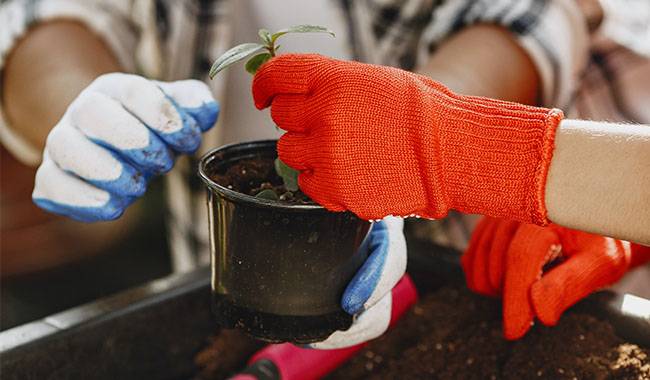
Wrong timing – too early or too late
Many gardeners and horticulturists believe that it makes no difference when they apply fertilizer. They just bide their time in the soil and let the plants take it out as they need it.
This is not the case. For example, you should clearly understand that nitrogen fertilizer should only be applied at the beginning of plant development, which is usually in the first half of the growing season. Applying nitrogen later will activate the growth process and shoots will take longer than necessary to grow and die outright before they have a chance to mature.
In vegetable crops, applying nitrogen fertilizer for longer than necessary in the second half of the season will stimulate the growth of plants that simply do not have time to ripen at harvest time.
When applying nitrogen fertilizer, it is also important to consider in what form the nitrogen fertilizer reaches the plant. For example, liquid fertilizer can be applied in mid-May to reach the plants more quickly. If the fertilizer is dry, it should be applied early, for example in April, until it dissolves in the soil (May) and is active in the plants.
If you do organic matter and it takes time to break down in the soil, then the best option fall, just in time for the spring when the fertilizer will be available to the plants in the form.
Fall and spring are ideal times to apply a compound fertilizer, for example, nitroglycerin, in which case the plants will be enriched with all three major macro-nutrients. Then monitor the plants and if they are not growing well, you can treat them with a foliar application or, if necessary, with a sprayer.
In the second half of summer and during the active fruiting period, it is appropriate to feed the plants with phosphorus and potassium fertilizers. The same fertilizers are needed in autumn, immediately after the harvest, to restore strength and in some cases to stimulate the formation of flower buds. That is to contribute the next year’s harvest.
Berries can be additionally fertilized with nitrogen fertilizer during ovary formation, usually in June. Strawberries can be given additional fertilizers, such as nitrogen, phosphorus, and potassium, after the harvest. Usually, such fertilization is done in late June-early July.
Missed shelf life – does it matter?
Everything has a shelf life, but does fertilizer have a shelf life? Many private landowners insist that fertilizer can be stored forever. Is this true? If not, fertilizer won’t work after its shelf life is over. So let me get this straight.
So if we hold any packet of fertilizer in our hands, we will see the following sign: “Shelf life is 2 or 3-4 years. There is no limit on the duration for agricultural use. Indeed, you will be confused. So, what does this inscription mean?
In reality, it confirms what growers and gardeners think: fertilizers do not have a “shelf life”. For what exactly are fertilizers? They are ordinary salts that do not rot, spoil or suddenly lose their properties. They can be stored for a long time, but only if you store them properly.
The vast majority of fertilizers need to be stored in a warm and, above all, dry place, because they are quite hygroscopic, that is, actively absorb moisture, from which they clump and become compressed lumps.
If it is difficult to imagine it in relation to fertilizers, think of cement, because even a closed bag, in a humid room, over time, turns into a stone weighing 110 Lb (50 kg)! This is called a “stone”.
However, if in the case of cement you usually just throw it away, in the case of fertilizer it can be used, for example, smashed with a hammer and the resulting powder can be applied to the soil. Of course, it is better to use a freshly crushed fertilizer with an expiration date, because this fertilizer dissolves faster in the soil and is better absorbed by various crops.
Uneven application of fertilizer
Both watering with dissolved fertilizer and applying dry fertilizer must be uniform, otherwise, one part of the garden’s soil may even be over-fertilized, while another part of the plants will lack fertilizer. Many gardeners and horticulturists envision pouring a dose calculated for the entire plot almost in the center of the garden, thinking that the fertilizer will dissolve in the soil and be evenly distributed, but this, alas, is not the case.
In addition, it depends on how you apply the fertilizer. For example, for crops with strong and deep-rooted root systems, it is necessary to make fertilizers, especially phosphate and potash, in dissolved form. The only difference is that the fertilizer will be distributed unevenly, but in this case, not horizontally but vertically, i.e. the amount of fertilizer will vary in different soil layers.
If you apply fertilizer in dry soil, there will be a vertical imbalance that will make it difficult for the fertilizer to penetrate the substrate, the plant will become nutrient deficient and you will be confused and have to add more and more nutrients. Before applying fertilizer, the soil should be loosened and well-watered.
Incorrect choice of fertilizer
Every landowner in every household has to apply some fertilizer to the soil, usually two, but sometimes three. And few of them ask themselves whether, in general, they can mix the applications at once. It turns out that this is not always possible, and often even dangerous. Why?
In fact, there are many reasons. Well, for example, take ammonium nitrate and an alkaline fertilizer, such as lime or ash. If you mix them together, the ammonia is actively released and most of the nitrogen is lost. If you mix calcium superphosphate with grass ash or lime, the alkaline fertilizer will simply block the plant’s use of phosphorus and the cultivated plants will starve to death in large numbers.
Some gardeners go even further: they unknowingly mix the insoluble stuff and even store the mixture. As they say – don’t do it twice. In fact, it’s even worse. Suppose we mix lime or ashes with potassium chloride, the result is a very hygroscopic mixture that will absorb most of the moisture in the room and turn into a solid mass in no time.
By the way, if this fertilizer is immediately put into the soil, then nothing bad can happen. But if you mix calcium superphosphate and ammonium nitrate together, then in addition to this mixture will also eventually become like a stone, so still and sulfuric acid, which contains calcium superphosphate, will replace all the nitric acid from the “ammonia”.
Also, remember do not mix ammonium nitrate with urea, calcium superphosphate, lime, dolomite powder, manure, and chalk. Ammonium sulfate and lime, dolomite powder or manure should not be mixed. Urea and calcium superphosphate, dolomite powder, and chalk do not combine well. Combinations of calcium superphosphate and lime, potassium chloride and chalk, potassium sulfate and lime, lime and urea, and manure and ammonium sulfate are not suitable.
So simple, if you want the noble act of feeding plants not to become a big mistake, then remember these simple rules, never violate them. And then the plants will thank you and will give you a harvest like never before.
More related information about fertilization




